Students creating their first multiplatform reporting assignment are tasked with engaging their audience in a story that contains several aspects to fully present the narrative, but what does it really mean to shoot photo and video or produce audio and graphics — not to mention write an article?
Why It’s Newsworthy: Journalism students are tasked with producing in-depth and cohesive multiplatform journalism. However, many will not have any experience with some of these platforms prior to class. This guide will serve as a resource to support students’ education and real-world experiences.The following key points have been gathered from some of UGA’s journalism department faculty to serve as a guide in your quest to become a strong journalist.
Reporting
Gone are the days of sitting down, staring at a blank screen and typing out your thoughts. The journalism you produce as a student will require a pre-reporting process where you research past stories and sources to interview.
Lori Johnston, a lecturer in the journalism department, recommends documenting your observations and making the most of your interview time with your sources by already understanding the issue at hand.
A marker of strong journalism is the ability to humanize the issue, and a journalist who does background research and comes in with important questions can accomplish just that.
In the interviewing process, Johnston advises asking your source before you begin recording their interview. Even though this is not necessary under the one-party consent law, that pause allows for a moment before beginning the interview. Before leaving the interview, make sure to inform your source this will run publicly and collect their contact information.
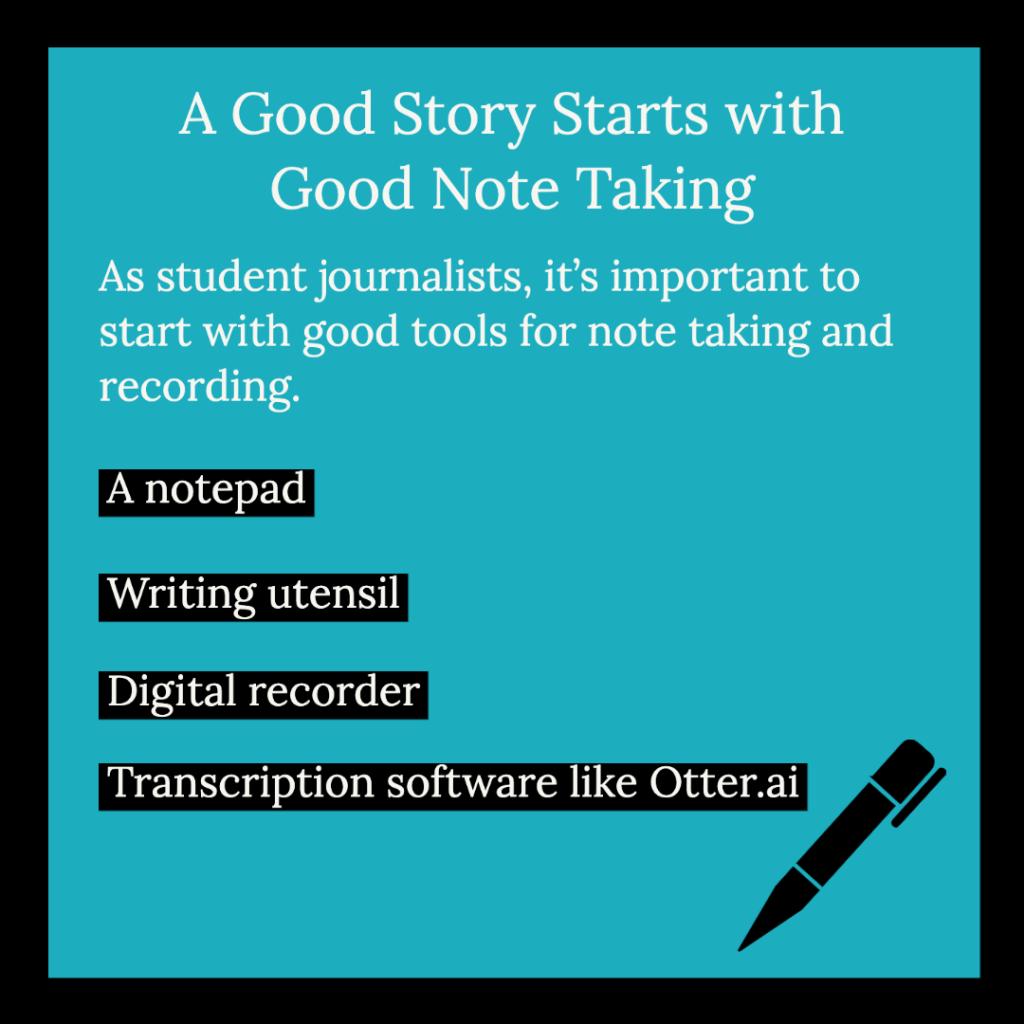
Once writing, it is best to begin with a strong lede to engage the audience. Something that displays the facts or takes a more stylistic approach with scene setting are both strong options.
AP style will guide your writing, and be sure to follow the guidelines around editing quotes. If there is doubt, discuss the issue with your professor. Additionally, avoid conflicts of interest by interviewing those outside of your personal circle. You can learn more about journalistic ethics by viewing Newsource’s Guiding Principles.
Journalism students produce in-depth reporting that fully engages the audience, includes unique sourcing and adheres to the tenants of journalism. Read an example here and learn more about the reporter’s process here.
Photojournalism
While a strong story is important, a tone-setting visual can help the audience engage with the story. However, a photo is not simply a photo.
A photo is included in a story because it is as important as the written piece. The story could not be told without the visual, and the visual relies on the full story. Therefore, the same research and and reporting must go into the visual, including the captions.
A photojournalist must understand the where, when, why, what, who and how of the story they’re visually representing. They must also pay attention to important quotes and take detailed notes about their subject and scene. Photojournalism is journalism at its core.
Another important element of photojournalism — timing.
“Our goal is to document the story as it unfolds,” said Mark Johnson, senior lecturer in the journalism department.
He advises his students to “come early and stay late” to capture an entire event as it happens. This gives the journalist the most possible material to work with and the best chance at fully representing an event and its context for the audience.
Photography ethics are essential in a time of increasing mistrust and media manipulation. The National Press Photographers Association has its own code of ethics that dive deeply into the topic.
As a beginner, it’s important to know that no photos should be staged, unless otherwise noted, and that the post-production process in programs like Photoshop should be minimal. The final image should accurately represent the scene.
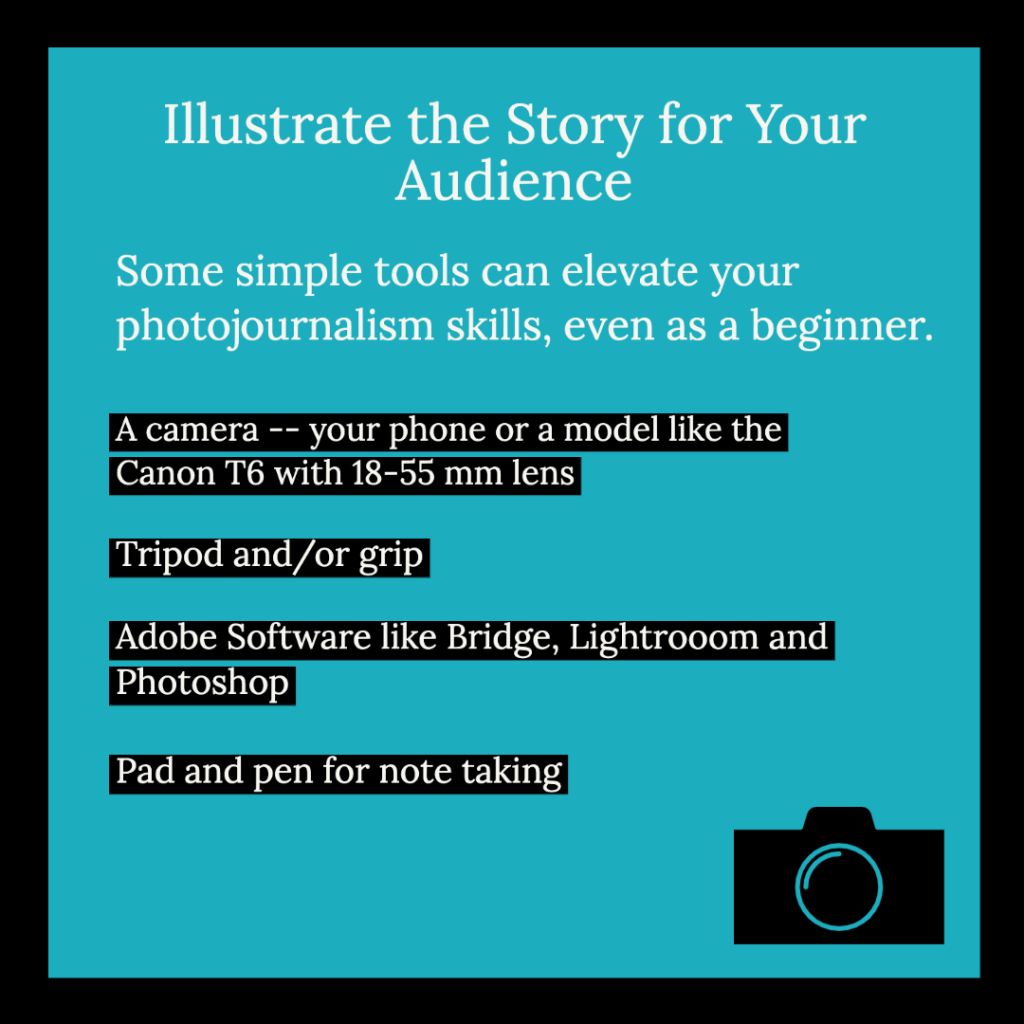
At the end of the day, photojournalism allows the journalist to bring the audience somewhere they don’t have access. It is a great privilege to represent people in this way, and one that must be handled with compassion and integrity.
Photojournalists employ not only the typical skills of reporting, but also the technical aspects of photography – including lighting techniques, framing and the ability to portray the appropriate mood. An example of photojournalism here illustrates these skills.
Digital Design: Infographics and Data Visualization
Design is another important part of multimedia journalism and can be sorted into two camps when accompanying reporting: infographics and data visualizations. Infographics present specific information with news value attached, while data visualizations visualize large data sets and leave much interpretation in the hands of the audience. While they both adhere to good rules of design, the amount of information they represent differs.
Before creating these types of designs, identify what the purpose, audience and message of your design will be. This will help inform your design and formatting choices down the road.
Good design also begins with facts. Make sure you comprehend what your information tells you and what it doesn’t and whether your source is trustworthy.
Establish hierarchy in your design by playing with font size and layout. What does your audience need to know first, and where do they need to go next?
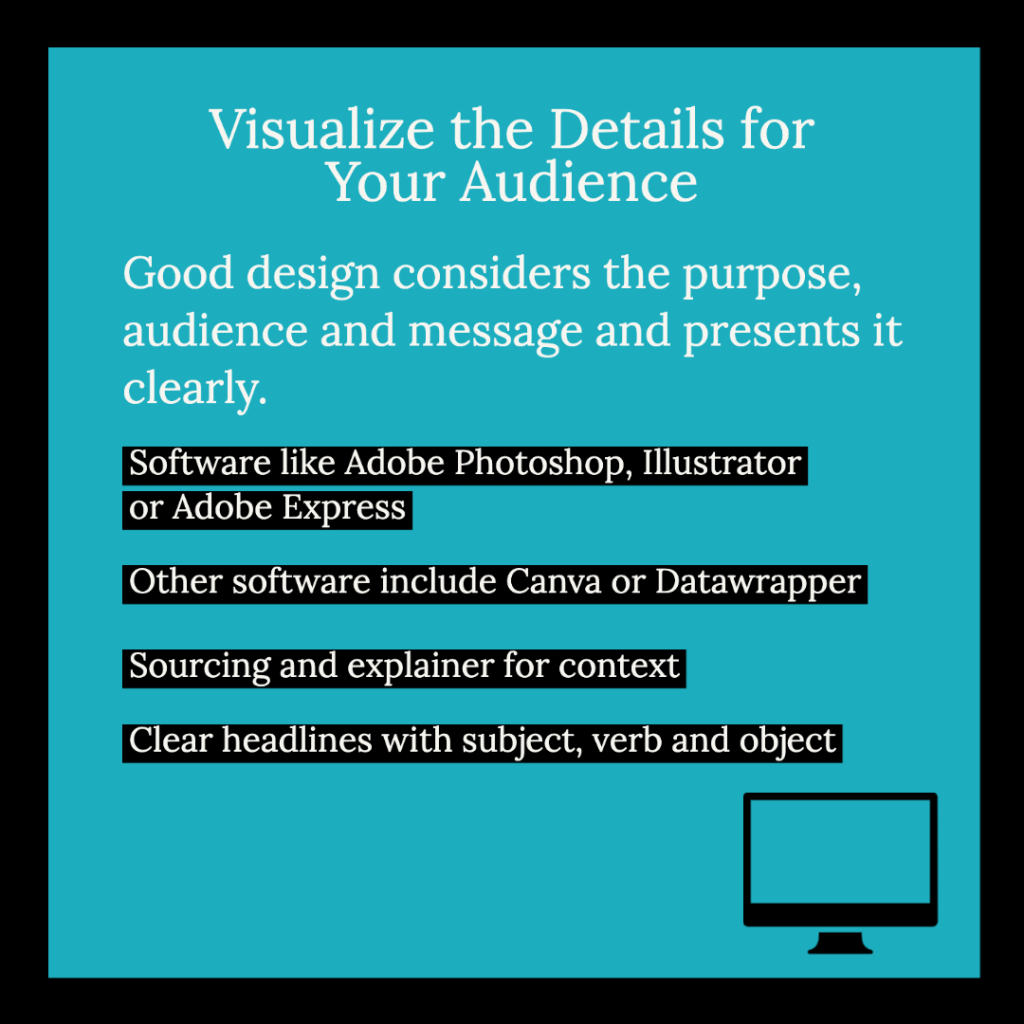
If a design is too cluttered, it does not allow the eye to breathe. Learn to be okay with negative space in your design, and consider making multiple graphics if the information warrants.
A story does not need to be data-heavy to benefit from a graphic.
“The whole point of any kind of digital design is that you are showing relationship between information in a visual way,” said Amanda Bright, an academic professional in the journalism department.
As with other parts of reporting, be mindful of the context in which you present your information. You hold the power with how you present some facts and not others — use it wisely.
Infographics require much more planning than meets the eye. A well-done infographic includes sourcing, a headline, an explainer for context and walks the audience through the issue at a glance. View an example of an infographic here.
Video
Video journalism can even more fully immerse the audience in a story. A well-done video package showcases movement, sound and change over time. While this may seem like one of the most intimidating platforms to take on, you already have a quality camera in the palm of your hand.
As a journalist, you must think through the scenes you’ll encounter and the variety of shots you need. Wide shots establish the entire scene. Medium shots focus on part of a scene, and tight shots will provide insight into the small details. Planning ahead will make shooting and post- production easier, especially if you want to include lower-thirds for subtitles or additional information.
“The camera is the viewer,” said Chris Shumway, a senior academic professional in the journalism department.
When shooting, don’t cut off in moments that cause the scene to “jump” and confuse the viewer. Ensure there is lighting that doesn’t make your scene appear too dark or too light. Create scenes that are visually appealing by employing the rule of thirds.
It is important to remember to place your camera where the action is and resist panning the camera. Motion will naturally find its way into the frame. Take your audience through the story from beginning to end, and allow the story to be fluid.
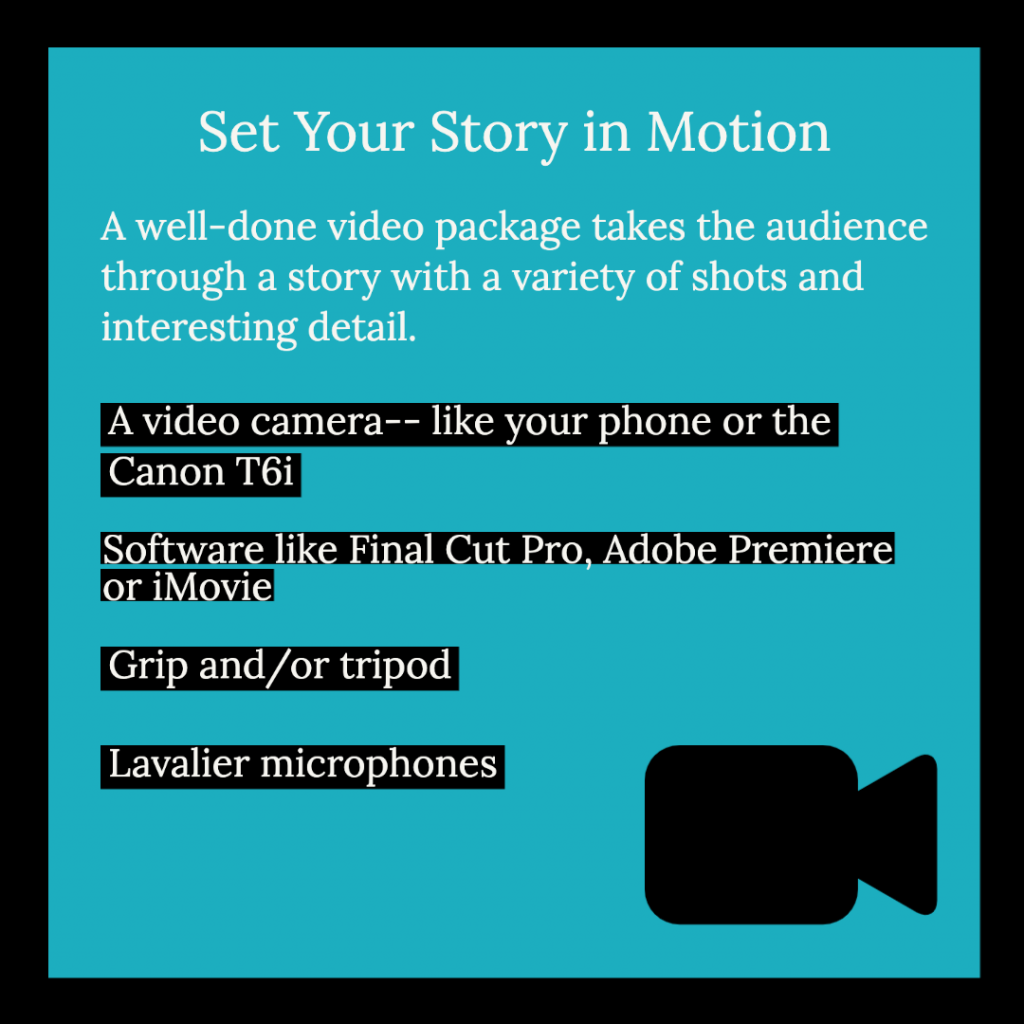
As you package and finalize your video, it is important to use caution when weighing whether or not to use video you did not shoot. Ideally, you would only use video you captured yourself. However, if you have permission to use video clips from another source and can use them in an appropriate context, they may be included and sourced clearly. If there is doubt, this is a discussion to have with your professor.
Journalists who employ pre-planning and simple technical skills will produce a video that is interesting and presents a full story. View a video package example here.
Audio
Audio in journalism has been a strong part of the medium since the age of radio — but there has been a resurgence in popularity with the rise of digital audio platforms and popular podcasts.
Audio packages can enrich your story when you have good characters, a complex issue or interesting audio. The richness of your audio package can take the audience even more deeply into your story.
“The amazing thing about audio for me is — it is a medium in which you can inject color effortlessly into any type of reporting,” said Charlotte Norsworthy, an instructor in the journalism department and editorial adviser of The Red & Black
As with other parts of journalism, your audio must form a story, and it is your job as reporter to write to your audio. If there are issues with the audio or parts you cannot include, explain that to your audience. Craft a beginning, middle and end, and take your audience through it.
Recording your audio is a crucial piece of the process. Clear, crisp audio is best. You can start with the basic voice memos app on your phone and make small adjustments to capture a clear recording. Place your microphone about six inches from your mouth and off to the side, at a slight angle. This will prevent you from capturing the sharp ends of sounds as you speak.
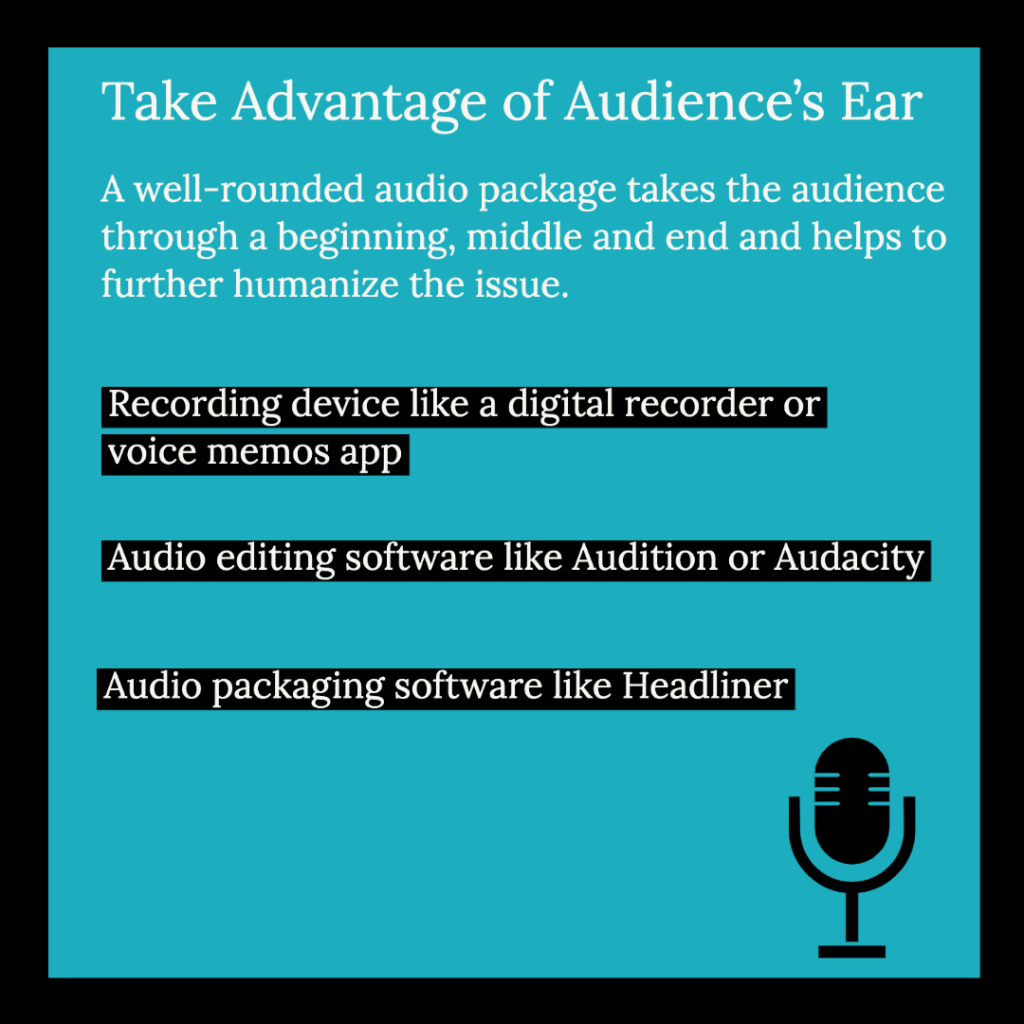
If you are not able to access a source in-person, you can capture their audio in two ways: you can use an app called TapeACall to record the phone call, or you can double record the audio. You can do this by interviewing the source over Zoom and saving that recording while also having the source record on their voice memos app on their end and sending you the file. Alternatively, if your source has access to a landline and a cell phone, you can instruct them to record themselves speaking on their cell phone while talking to you on the landline, and you record the phone call on your end.
Double recording takes extra work and prep time but helps eliminate some of the garble you can get with over-the-phone or Zoom recording.
Last, maintaining journalistic standards with audio is vital. Do not take audio out of context or splice together pieces that came from different parts of the recording. Do not over beautify your source’s voice, making them sound robotic, and do not use prebuilt audio that you do not capture yourself. If you need natural sound to round out your audio package, it is your job to go out and record it at the scene.
A finished audio package leans on the interesting audio aspects of a story to present a complex issue to the audience. Listen to an audio package here.
Putting on the Finishing Touches
Multimedia journalism is rich and takes time and effort to drill down on what platforms and sources will represent your story well and engage your audience. Hopefully, this guide can act as a resource as you begin your venture into multimedia and play around with the many resources and software programs available.
Of course, the first step is venturing out to find the story.
Caroline Kurzawa majored in journalism in the Grady College of Journalism and Mass Communication, minored in women’s studies and earned a Public Affairs Communications Certificate at the University of Georgia.





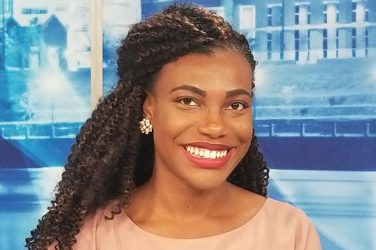
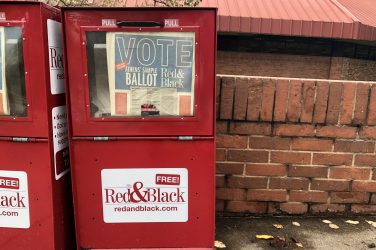

Show Comments (0)